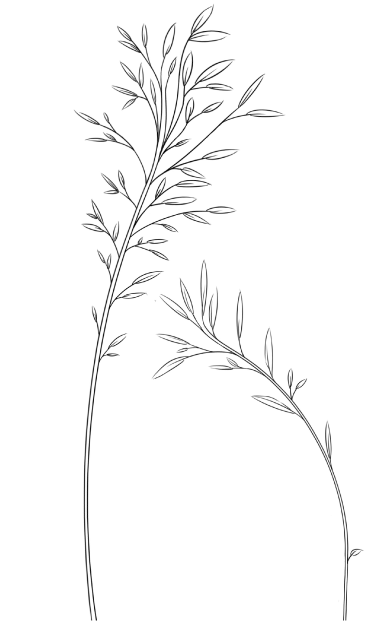Doctor-patient communication

Il tocco, il rimedio,
la parola
come strumento terapeutico
editore: Ponte alle Grazie
eBook
after the physician’s visit, irrespective of the nature of the illness”
Warfield Theobald Longcope
The past century has seen scientific and technological advancements in many fields, and medicine is no exception. We have sophisticated diagnostic tools, therapies, preventive measures, and knowledge is rapidly expanding: this should be the golden age of medicine. Unfortunately, especially with the challenging chronic diseases, results of this huge technological effort have been disappointing.
One reason is that the relationship between doctors and patients, always considered an essential part of the cure, is deteriorating.
In today’s disease-centered model, the Hippocratic covenant between doctor and patient has disappeared: the physician deals directly with the disease, leaving the patient aside. The patient is seen as a “malfunctioning organ” more than a suffering person.
This attitude, together with the hyper-specialization, lack of interest in communication, long working hours and never-ending paperwork, has deprived doctors of their humanity. Losing the emotional connection, the physician is becoming a technician, unable to handle suffering.
This unhealthy relationship is sadly reflected in the ever-increasing doctor-patient conflicts, and the sudden increase in malpractice suits.
Effective communication is essential to patient care; it improves prognosis, by increasing patients’ compliance and inducing positive expectations. It affects patients’ outcomes and quality of life and decreases doctors’ burnout; lowers healthcare costs, conflicts and malpractice suits. Relational skills should no longer be considered accessories, but fundamentals of the medical profession.
As Hippocrates said “It’s far more important to know what person has the disease than what disease the person has”. After 2500 years, his teaching couldn’t be truer: despite all technological advances, human nature has not changed and the fundamental tenets of medicine remain “The touch, the remedy, the word”.
The strategic model applies perfectly to the healthcare setting.
Programs are directed to all healthcare professions (physicians, nurses, physiotherapists, and other healthcare workers):
- Communicate effectively with patients and relatives
- Increasing compliance
- Communication as a cure in itself
- Preventing conflicts and decreasing malpractice suits
- Managing conflicts with coworkers
- Preventing burnout syndrome
